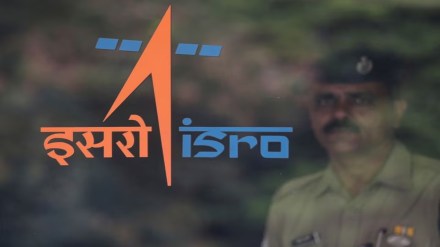Ananth Technologies (ATL), a leading force in India’s space industry, proudly played a pivotal role in the success of the recent SPADEX mission. As a trusted partner of Indian Space Research Organisation (ISRO), ATL was deeply involved in key aspects of both the SPADEX mission and the PSLV-C60 launch.
Here’s a closer look at ATL’s contributions:
Satellite Subsystems: Delivered critical components for the SPADEX mission, including Rendezvous Processing Units (RPU) and DC-DC converters for both SDX01 and SDX02 satellites.
Satellite Integration: Successfully carried out the Assembly, Integration, and Testing (AIT) of these satellites at its world-class satellite manufacturing facilities in the private sector.
PSLV-C60 Support: Contributed to the PSLV-C60 mission, providing 29 key subsystems, such as Data Acquisition Units, Transmitters, Power Modules, and NAVIC processors.
In conversation with FinancialExpress.com, Dr Subba Rao Pavuluri, Chairman & Managing Director of Ananth Technologies, shared his thoughts on the future of India’s satellite industry. He stated that since the inception of the Indian space program in the 1960s, the focus has always been on national development, with applications in communication, broadcasting, and earth observation.
“We are now in an age of information highways, where satellite communication has the power to reach even the remotest corners of the country,” said Dr Pavuluri. He commended the Indian government for enabling private entities like ATL to be co-passengers in space activities, alongside governmental bodies like ISRO.
In line with ATL’s mission, he stated that their High Throughput Satellite (HTS) system is designed with the guiding principle of Antyodaya — uplifting the underprivileged sections of society. This system will enable broadband connectivity, particularly for underserved rural areas, facilitating access to education, healthcare, skill development, and global markets.
“ATL’s Ka-band HTS system is poised to deliver 100 Gbps of capacity, enabling high-speed connectivity across India, including the most remote areas,” he said. “This initiative is aligned with the Indian Government’s Digital India vision and is aimed at bringing transformative changes to rural development and economic self-reliance.”
Overcoming Challenges in High Throughput Satellite Implementation
The implementation of the Ka-band HTS system poses several challenges. Dr. Pavuluri spoke candidly about the difficulties involved in international frequency coordination, particularly in a field traditionally dominated by government agencies.
“Satellite systems, especially those operated by Non-Government Entities (NGEs), face challenges in frequency coordination, securing investment, and ensuring the affordability of user equipment such as VSATs,” he explained. “For NGEs to thrive, they require government support, given the long gestation period and capital-intensive nature of space activities.”
He also expressed optimism about the future of NGEs in India, noting that with the government’s reforms and initiatives like IN-SPACe, the space sector is now more accessible to private companies.
Job Creation Through ATL’s Satellite Projects
When asked about the impact of ATL’s Ka-band HTS system on job creation, he highlighted that ATL expects to generate over 1,000 high-skilled technical jobs in establishing the system. Additionally, thousands of jobs are expected in rural areas, as local entrepreneurs will be responsible for setting up and maintaining the user equipment.
The Future of India’s Satellite Industry: Innovations and Startups
Looking ahead, he sees great potential in India’s satellite business over the next 5 to 10 years. He highlighted the rapid evolution of Low Earth Orbit (LEO) communication satellites and the growing realization that a multi-orbit approach — combining LEO, Medium Earth Orbit (MEO), and Geostationary Orbit (GEO) systems — will be crucial to meet India’s satellite communication needs.
“The future of India’s space industry lies in the use of advanced technologies like AI and IoT systems, as well as optimizing the utilization of satellite resources.” He believes that startups will play an essential role in driving innovation, though they will require initial government support to reach their full potential.
A Transformative Future for India’s Satellite Sector
Through its contributions to the SPADEX mission, PSLV-C60, and the development of the Ka-band HTS system, ATL is helping shape the future of India’s satellite capabilities.
